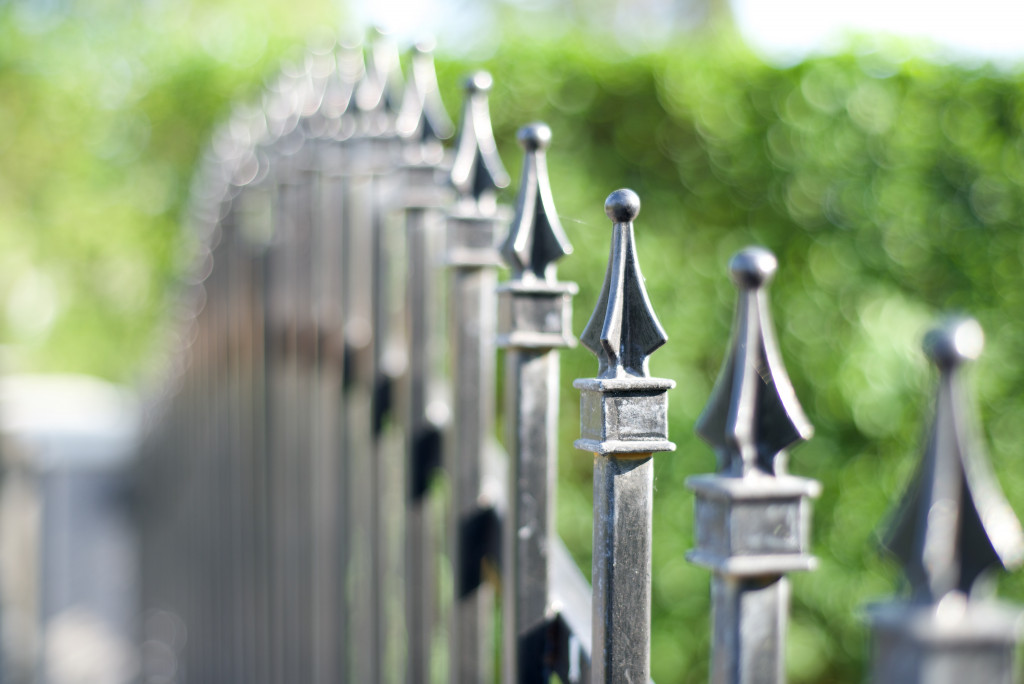- Invest in the right kind of grass to withstand pet activities.
- Create designated pet zones with toys and accessories and train your pets to use them.
- Incorporate safe plants that are non-toxic to animals.
- Secure the space by repairing gaps or holes in fences, adding barriers, and protecting enclosures from predators.
- Provide adequate shade and freshwater sources for your pets in the garden.
Creating a pet-friendly garden is a wonderful way to ensure you and your furry friends can enjoy the outdoors safely and happily. Whether you have a dog, cat, or even small critters like rabbits, making a few adjustments to your garden can provide a safe and enjoyable environment for your pets to explore. This guide will explore five tips to make your garden pet-friendly, focusing on important aspects such as choosing the right grass, creating designated pet zones, incorporating safe plants, securing the space, and providing adequate shade and water sources.
1. Invest in the Right Kind of Grass
Choosing the right type of grass is crucial for creating a pet-friendly garden. Investing in high-quality St. Augustine sod is ideal as it is durable and can withstand the wear and tear of pet activities. It also features a deep root system that helps retain moisture, encouraging lush growth in hot climates. Additionally, its thick blades create a cushioned surface that’s great for walking on or rolling around in!
2. Create Designated Pet Zones

Designating specific areas in your garden for your pets can help establish boundaries and protect sensitive plants or areas. Consider creating a designated play area where your pets can freely run and enjoy their favorite activities.
Here are some tips on how to create designated pet zones:
Design the Zones
Choose a portion of your garden away from delicate plants or areas you don’t want your pets to wander and designate it as the pet zone. Consider adding stakes or fencing to ensure they stay in their designated area.
Add Toys and Accessories
Stock up on fun toys, agility equipment, tunnels, and anything else that will keep your pets entertained while in the zone. You can also provide water bowls or other items that will entice them to remain in the designated area.
Train Your Pets
The best way to get your pets accustomed to using their zones is through positive reinforcement training techniques. Reward your pet for going to their zone and spending time there. This will help them associate the zone with something positive and make it more likely for them to return.
Monitor Their Activities
Even with designated zones, keeping an eye on your pet’s activities in the garden is important. Ensuring they stay in their area and aren’t disturbing plants or other garden areas is key to creating a safe space for pets and plants alike. Additionally, if any toys become damaged over time, you can quickly replace them so your pet can engage in activities in the zone.
3. Incorporate Safe Plants
When selecting plants for your garden, it’s essential to consider the safety of your pets. Some plants can be toxic or harmful to animals if ingested. Research pet-safe plants and non-toxic flowers that pose no threat to your furry friends. Some pet-friendly plants include marigolds, sunflowers, petunias, and roses. Additionally, herbs like catnip, catmint, and cat grass can be grown to provide safe and stimulating cat options. Be sure to avoid plants such as lilies, tulips, azaleas, and daffodils, known to be toxic to pets.
4. Secure the Space

Ensuring your garden is secure is vital to prevent your pets from wandering off or encountering dangerous situations. Check your garden fences for gaps or holes your pets could squeeze through, and repair them as necessary. Consider adding barriers or gates to restrict access to certain areas or prevent your pets from venturing onto busy streets. Additionally, if you have small pets like rabbits or guinea pigs, ensure their enclosures are secure and protected from potential predators.
5. Provide Adequate Shade and Water Sources
Just like humans, pets need shade and access to water, especially during hot summer months. Create shaded areas in your garden where your pets can retreat and rest comfortably. This can be achieved by strategically placing trees, tall shrubs or installing pet-friendly shade sails or umbrellas. Additionally, ensure that your pets always have access to fresh water by placing water bowls throughout the garden. Consider investing in automated watering systems or pet-friendly water features that provide a continuous water supply.
In Summary
Following these five tips, you can transform your garden into a pet-friendly haven where your furry friends can roam, play, and relax in a safe and enjoyable environment. Investing in the right grass, creating designated pet zones, incorporating safe plants, securing the space, and providing adequate shade and water sources are all important steps in making your garden a pet-friendly paradise. Remember also to spend quality time with your pets in the garden, engaging in activities that strengthen the bond between you and your beloved companions.

